Links Between Sicilian and Arab Cuisine
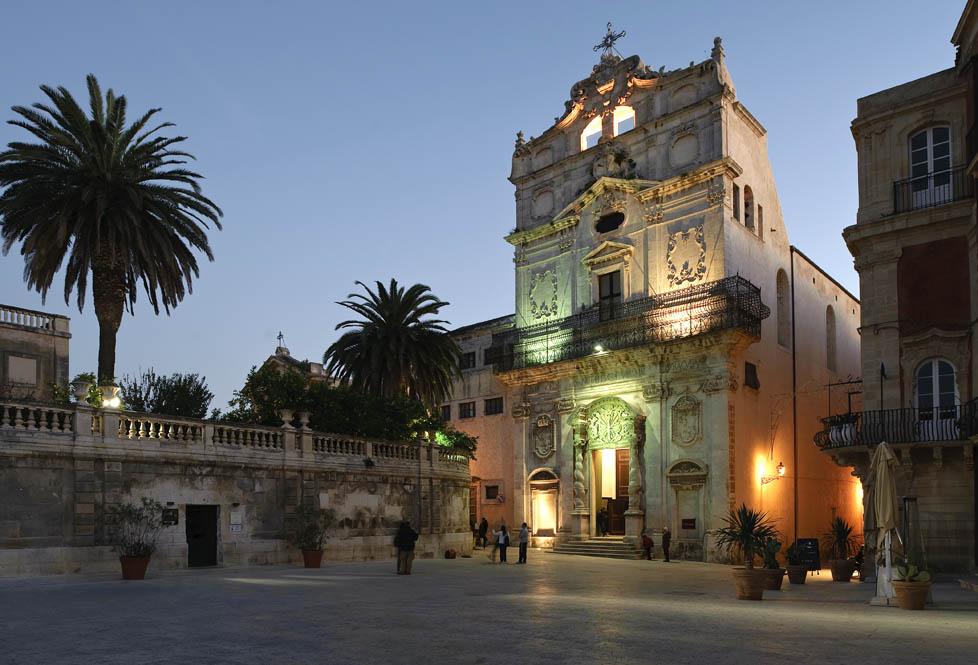
I love to learn about the history of food- how ingredients crossed the ocean traveled long distances along the Silk Road or made their way from one distant culture to another from empirical expansion or conquest. They are fascinating instances of cultural exchange and a fascination with new flavors, textures and the healing power of culinary delights that people have discovered along the way. It really gives pause when you think about how incredible it is that certain foods have reached our tables in the form of traditional recipes and fusion food.
That’s why I reached out to my cousin, Francesca Mignosa, an expert on the Sicilian way of life and author of the recently published book, My Sicily: Life in the Cusp of the Mediterranean Sea. She grew up on the island of our grandparents, great-grandparents and ancestors before them. When she moved to the U.S. in the mid 1990’s, she began to reflect back on the beauty of the food, the culture, the art and history of a place she calls home and now shares that with others through her lectures and guided tours of Sicily each summer. In this post, I asked her to talk about my fascination with the Sicilian connection to Arabic food and culture, and this is what she wrote…
Sicily was an Arab Emirate from 827-1091. During this time, three Arab dynasties ruled: the Aghabids, the Fatimids and the Kalbids. The Arabs were referred to as Saracens {which also encompassed Spanish Muslims}. Advanced thinking, intellectuals, geographers and scholars from the Arab world filled Sicilian royal and noble palaces. We owe to the Arabs innovative improvements – almost monumental – in the fields of science, engineering, architecture, cuisine, language, spirituality and also to the demeanor of Sicilians today. To be a Sicilian, in fact, means partially, to be an Arab.
Though Islam met the already existing and established Christian communities in the territory, they also surprisingly found a number of Jews. It is not uncommon the surprise and sense of awe that many tourists will experience in Palermo – when walking inside a church that simultaneously hosts a Byzantine Orthodox altar on the left side, a Jewish Synagogue on the right and a Mosque in the lower level. I find this to be an extraordinary example of religious tolerance and interfaith dialogue.
Today, our tables still present an opulence of Arabic influences – I would like to highlight a few key ingredients that make up the DNA of Sicilian-Arabic traditional and emerging cuisine {listed in Italian with their English or Arabic counterpart}:
–Pistacchio {fustuq in Arabic}
–Carrubo {cherub}
–Agrumi {citrus fruits}
–Canna da Zucchero {sugar cane}
–Riso {rice}
–Cous-cous {cuscusu in Arabic}
–Melanzane {eggplants}
–Spinaci {spinach}
–Carciofi {artichokes}
–Spezie {spices}
*Cous-cous is primarily eaten on the Western coast of Sicily – specifically in the cities of Trapani, Palermo, San Vito Lo Capo, Castellamare del Golfo. The main condiment is seafood. It is also in San Vito Lo Capo that every September the famed “Cous-Cous Festival of Sicily” takes place. In the area of Agrigento {southern Sicily} we also find a sweeter cous-cous eaten as dessert.
*Cassata – probably Sicily’s most renowned pastry internationally – originated from the Arabs who made a sweet cheese dessert drizzled with honey {miele in Italian}. Linguistically, the word comes from the Arabic “qashatah“.
*La pasticceria siciliana {Sicilian pastries} renowned across the globe owes some of its key methods and ingredients to the Arabs also: syrups, candid fruits, honey, giuggiulena {sesame seeds}, mennuli {Sicilian for almonds} are a few of the numerous imported.
Francesca V. Mignosa is the Author of “My Sicily: Life in the Cusp of the Mediterranean Sea” (2012). To follow Francesca’s book tour, read her reflections on Sicily, the Sicilian and Sicilian-American culture, visit her blog: http://francescamignosa.
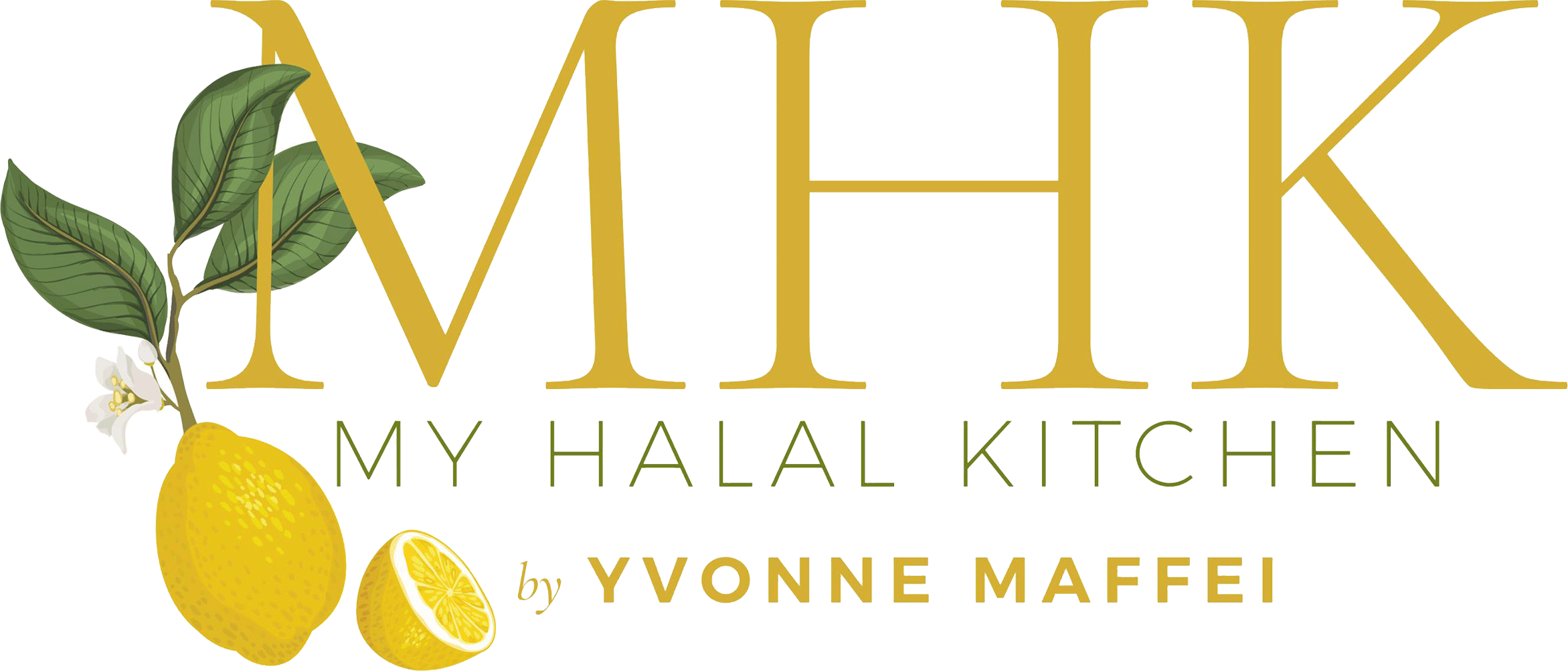
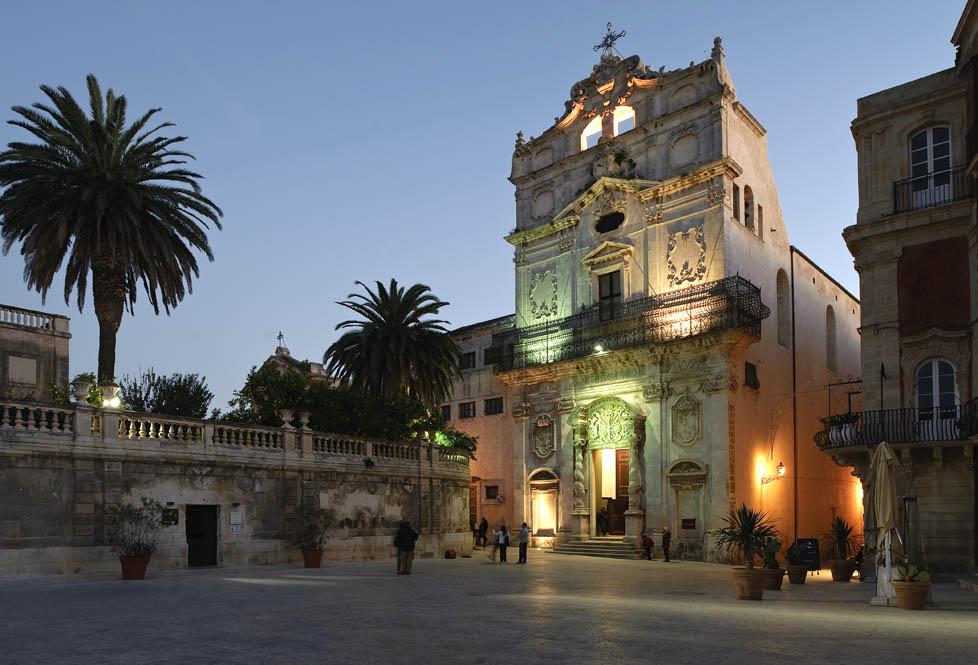

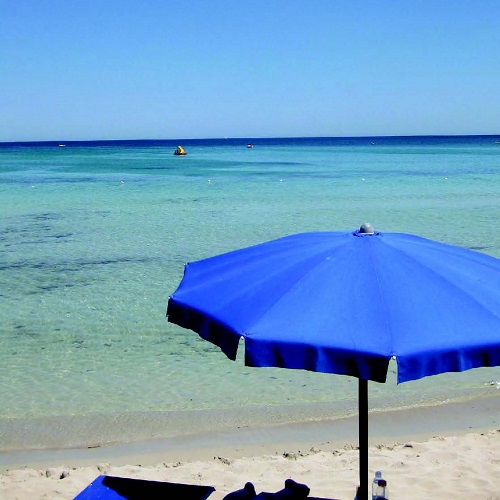
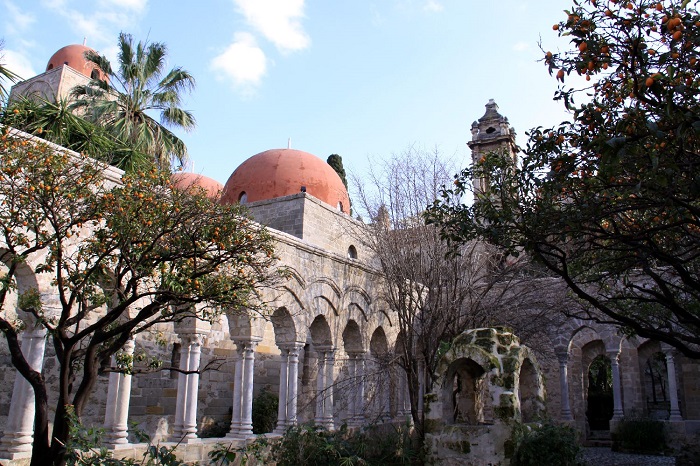
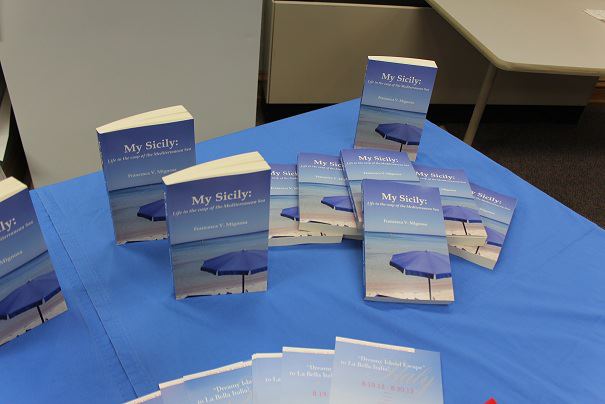
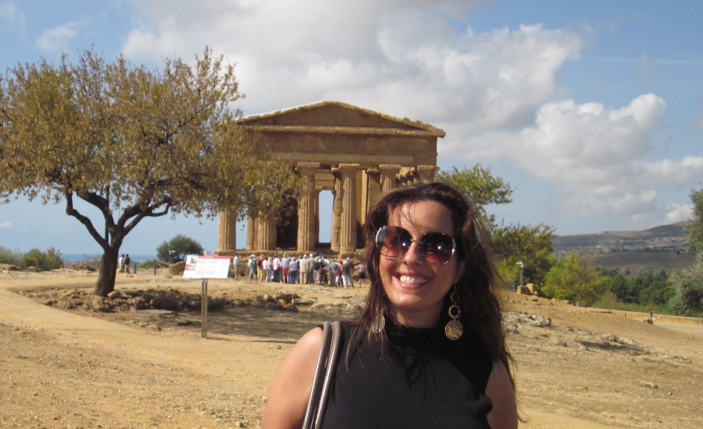
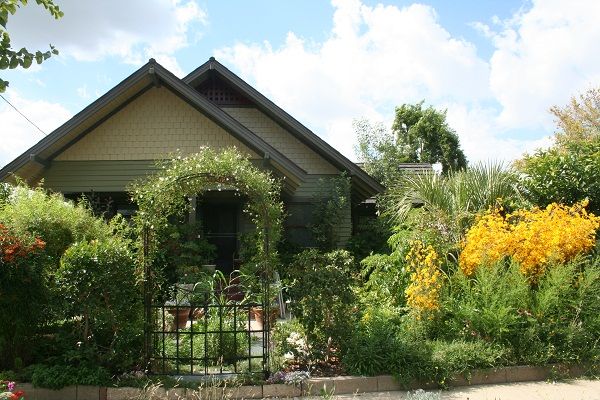
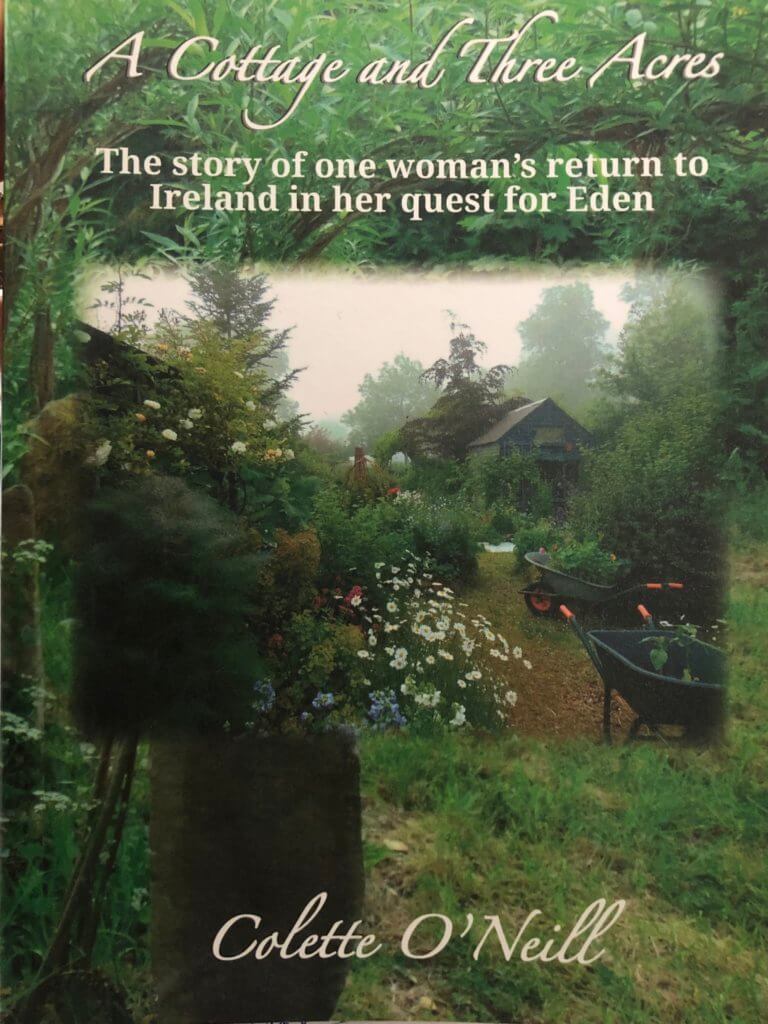
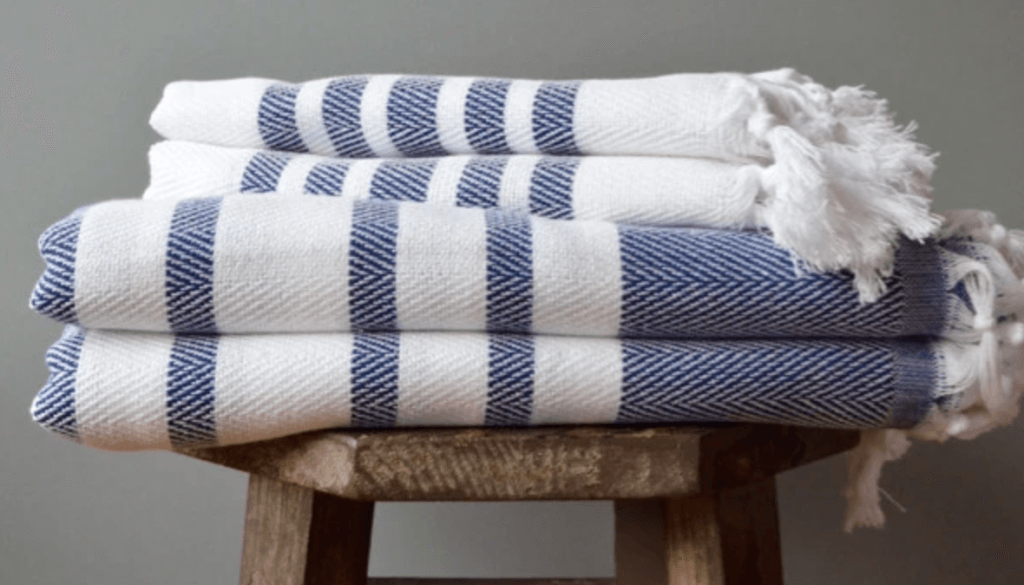
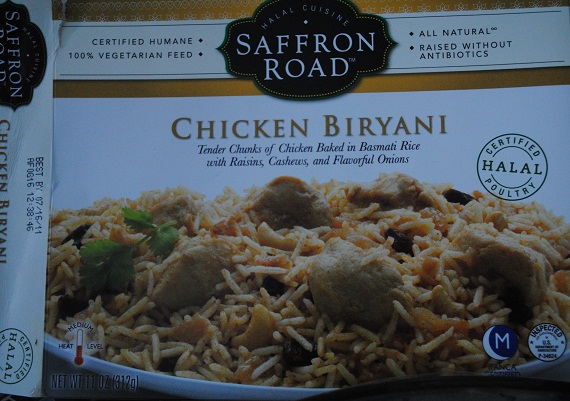



That is awesome and something I never thought of. Crazy how the world is so connected.
This is wonderful; thank you for pointing out this author and her work; my mother visited Sicily and had told me about the Arab influence there and ever since I had been wanting to visit as well. What a fascinating article.
Very interesting blog. Thank you. Of course there is a link between the Arab world and Sicily, and many “food” exchanges. I have a recipe for Sicilian “cuscusu alla trapanese” in my book, Couscous: Fresh and Flavorful Contemporary Recipes.”